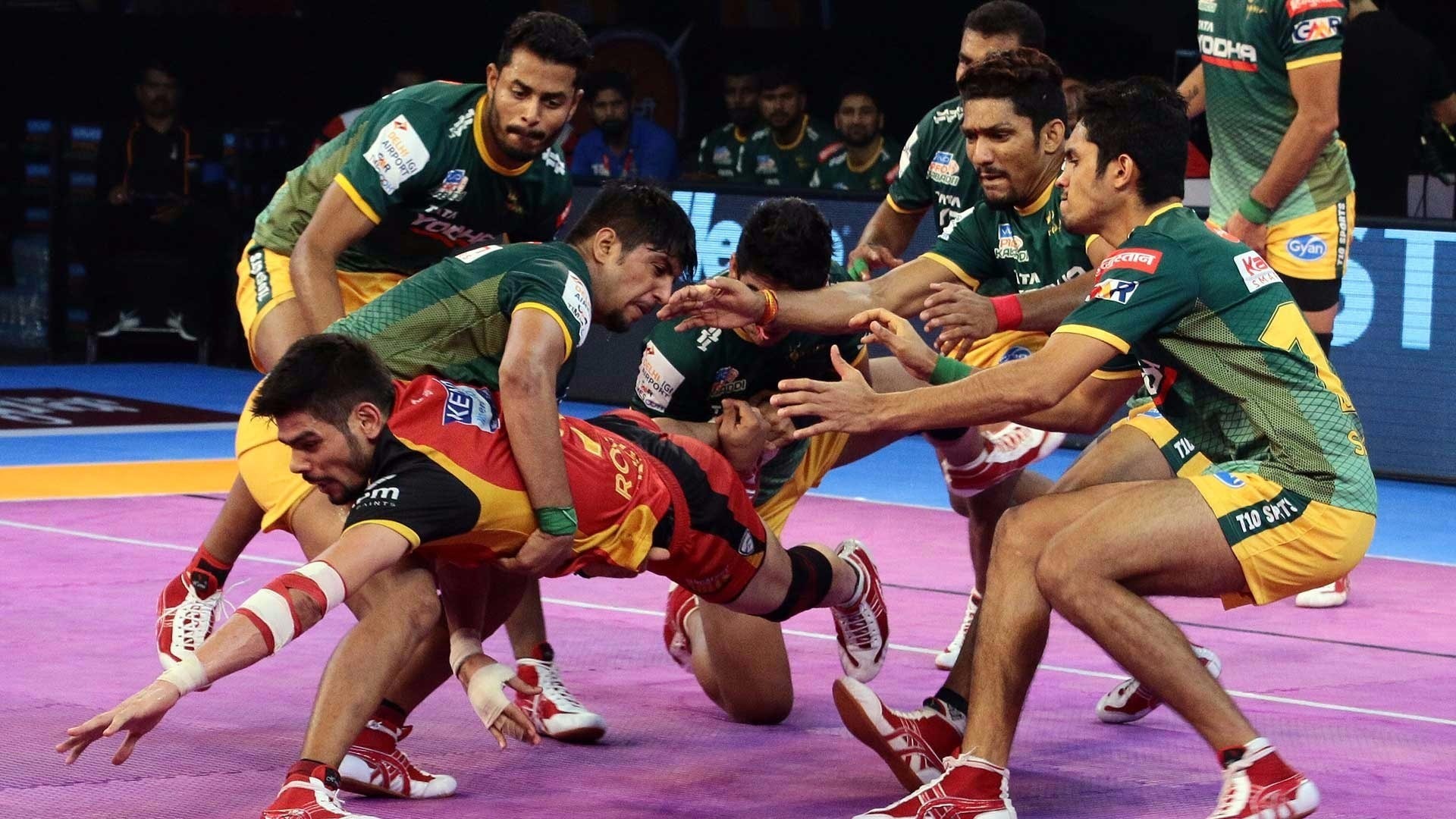Features
Understanding the game of kabaddi

The evolution of kabaddi from earlier times, played in the mud, to modern times on the mat has been tremendous. Kabaddi, in its current form, is an easily enjoyable sport which provides wholesome entertainment for the entire family. However, it does have some technicalities that one must be aware of in order to truly appreciate the beauty of the sport. Here are some of the rules of kabaddi that can help make one more aware of all the technicalities.

Basic Gameplay
Kabaddi is played between two teams that alternate between raiding and defending. For the raid, the raider has to enter the other team’s half, get a touch on one or more defenders, and return safely within 30 seconds. The raider has to chant the word ‘Kabaddi’ continuously during the raid, else he is eliminated. He picks up one point for each defender he has touched, but he must also avoid being tackled. This is difficult, since the raider can face between ONE and SEVEN defenders.
The defenders have to work together as a unit to avoid the raider’s tap and, failing that, stop him from returning to his half. They get one point for a successful tackle.
Bonus points
The Bonus Line is activated only when there are at least 6 opposition defenders on the mat. The raider can score a BONUS POINT if he crosses this line with one foot, while keeping the trailing foot in the air, and returns to his half without getting caught by the defenders. If this sounds tough, that’s because it is. Only the skilled and the agile stand a chance. The bonus point is extremely valuable, but it cannot bring back previously eliminated players
Do or Die
Scoring even a single point in every raid is a difficult proposition, and when the raider returns to his half without any points (before the 30 seconds run out), it is called an EMPTY RAID.
This can be a useful strategy to kill time or avoid unnecessary risks. But if a team has two empty raids in a row, the third raid becomes a DO OR DIE raid. If this too produces no points, then the raider is sent off. The defending team is awarded one point, and one of their previously eliminated players is brought back, in the order of elimination.
Super Tackle & Super Raid
A SUPER TACKLE is when a raider is stopped by a defending team with 3 players or less, meaning less than half the defence. And because this makes the tackle more difficult, the defending team gets TWO points for it. But the additional point cannot bring back previously eliminated players.
A SUPER RAID is when a raider returns to his half after contacting 3 or more defenders, getting his team one point for each defender. If the raider taps 2 or more defenders AND scores a Bonus Point, it is ALSO counted as a Super Raid.

Revival
When a team gives away a touch or tackle point, they lose a player. When they score either of the two, they can bring that player back. This is called a REVIVAL. Every point revives ONE player and gives him a chance to redeem himself.
A raider initiates as many revivals as the number of touch points he scores in his raid, while the defending team gets only ONE revival for each successful tackle, even if it is a super tackle.
Players CANNOT be revived by bonus points, and revivals must happen in the same order as eliminations i.e. the first player to be eliminated is the first one revived.
All-Out
When all seven players of a team are eliminated, it is an ALL OUT.
Players can be eliminated for many reasons. They can step out of bounds, be moved off completely, fail to reach the midline after a touch, run out of time (where the raider is still in the opposition half after the 30 seconds have run out), or be tapped by an opposition raider who then returns to his half.
The team that manages to wipe out the opposition is awarded TWO extra points. After an All Out the entire team is revived, and the game continues.
Team Formations

The way players position themselves is essential to a team’s defence strategy.
The 7 players place themselves in a semi-circle with the outermost player on each side forming the CORNERS. These are defenders whose role is to draw the opposition raider deep into the court, and initiate a tackle.
The players standing next to the Corners on each side are the INS. Ins are usually the raiders of the team and form a chain with the Corners to prevent them from going out of bounds and getting eliminated.
Next in the sequence towards the centre of the semi - circle, are COVERS. The Covers not only defend their half, but also protect their raiders from elimination.
The middle position, called the CENTER, is usually taken by the team’s key raider or by a raider who has just finished a raid.
Related tags:
Latest Updates
- © Pro Kabaddi
- Terms & Conditions
- Privacy Policy
Powered by: Sportz Interactive
